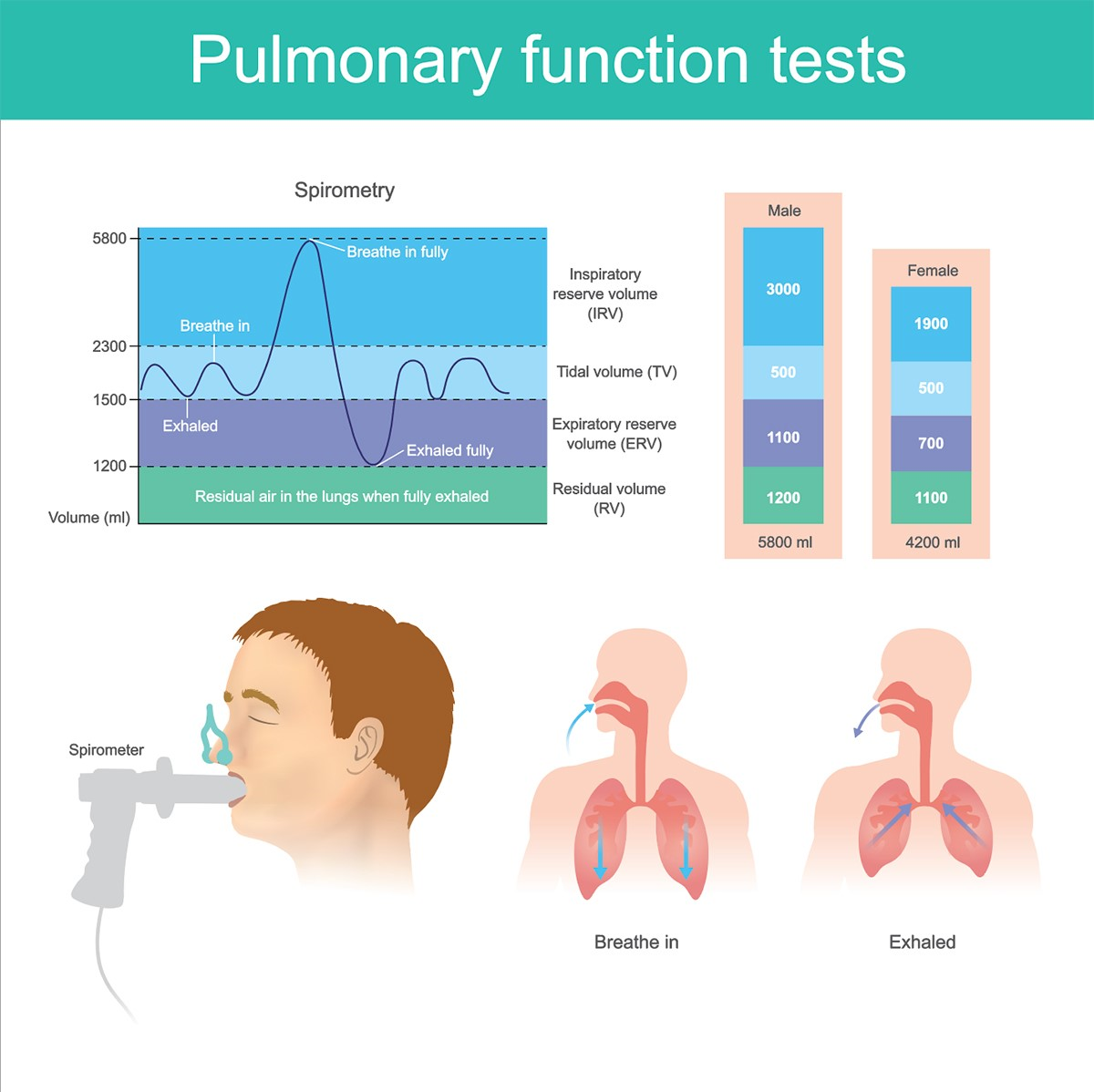
ĭead space can be increased (and better envisioned) by breathing through a long tube, such as a snorkel. In adults, it is usually in the range of 150 mL.

In humans, about a third of every resting breath has no change in O 2 and CO 2 levels. Inspired air is humidified, improving the quality of airway mucus.Particulate matter is trapped on the mucus that lines the conducting airways, allowing its removal by mucociliary transport.Inspired air is brought to body temperature, increasing the affinity of hemoglobin for oxygen, improving O 2 uptake.Carbon dioxide is retained, making a bicarbonate-buffered blood and interstitium possible.Total dead space (also known as physiological dead space) is the sum of the anatomical dead space and the alveolar dead space.īenefits do accrue to a seemingly wasteful design for ventilation that includes dead space. Mammals breathe in and out of their lungs, wasting that part of the inhalation which remains in the conducting airways where no gas exchange can occur. It means that not all the air in each breath is available for the exchange of oxygen and carbon dioxide. pH is an indicator of the relative acidity or alkalinity of a solutionĭead space is the volume of air that is inhaled that does not take part in the gas exchange, because it either remains in the conducting airways or reaches alveoli that are not perfused or poorly perfused.


Symbol relating the hydrogen ion concentration or activity of a solution to that of a standard solution approximately equal to the negative logarithm of the hydrogen ion concentration. Oxygen saturation as measured by pulse oximetry Oxygen saturation of the hemoglobin of arterial blood The term formerly used ( A-a D O 2) is discouraged.Īlveolar-arterial tension ratio P aO 2: P AO 2 The term oxygen exchange index describes this ratio. Inhaled air not part of gas exchange Blood gas, acid-base, and gas exchange terms P aO 2Īrterial oxygen tension, or partial pressureĪlveolar oxygen tension, or partial pressureĪrterial carbon dioxide tension, or partial pressureĪlveolar carbon dioxide tension, or partial pressureĪlveolar-arterial oxygen tension difference.


 0 kommentar(er)
0 kommentar(er)
